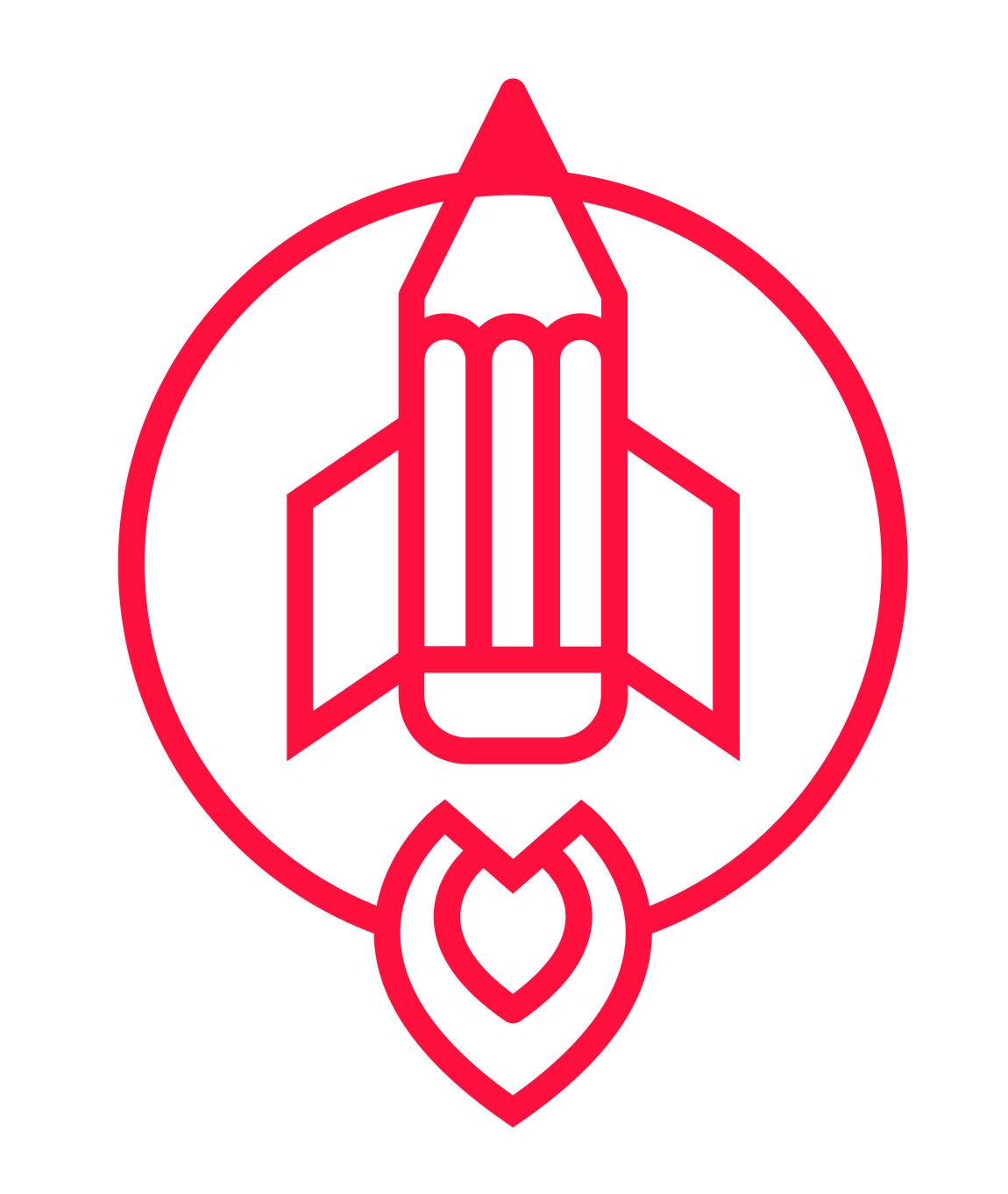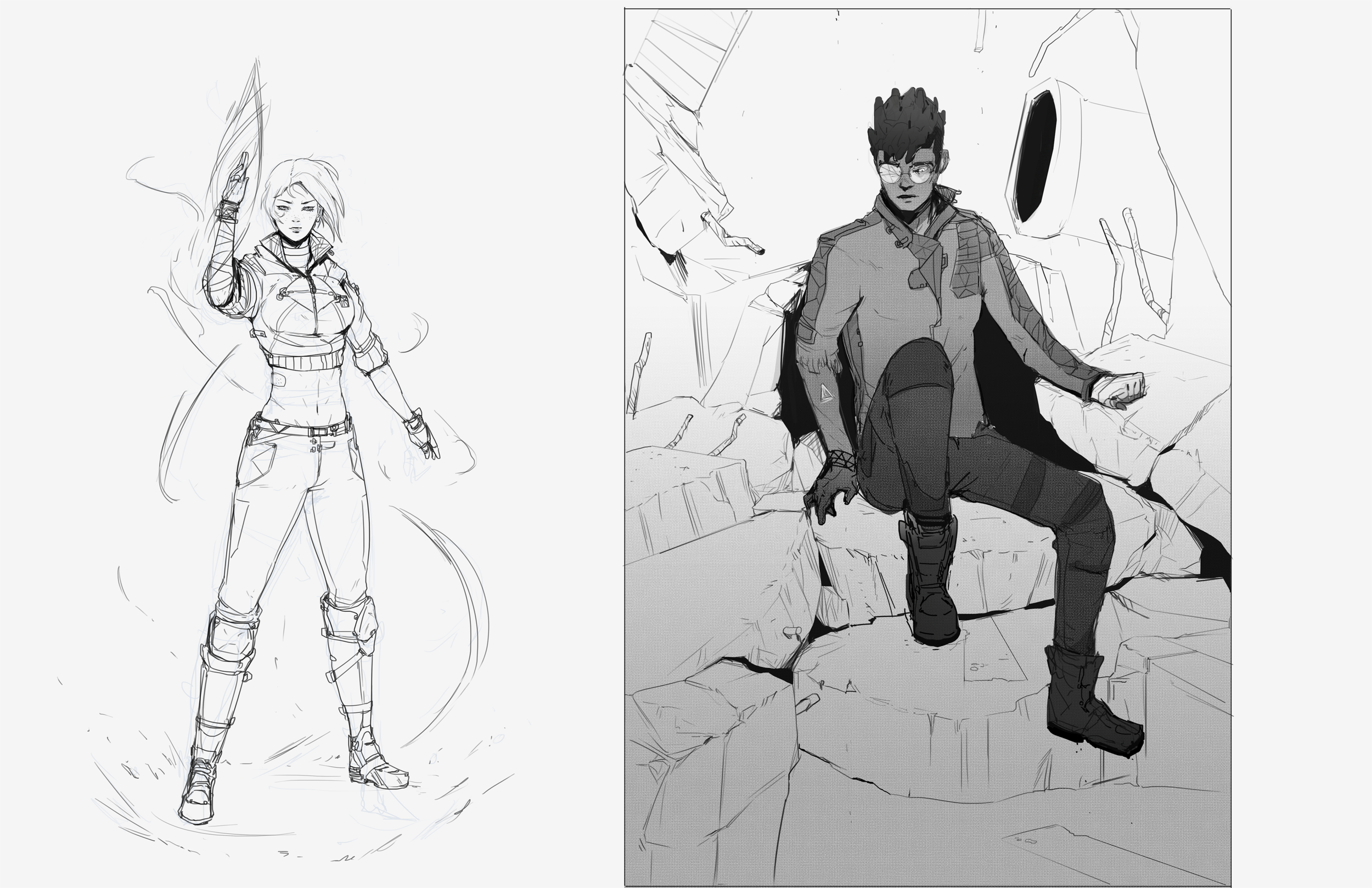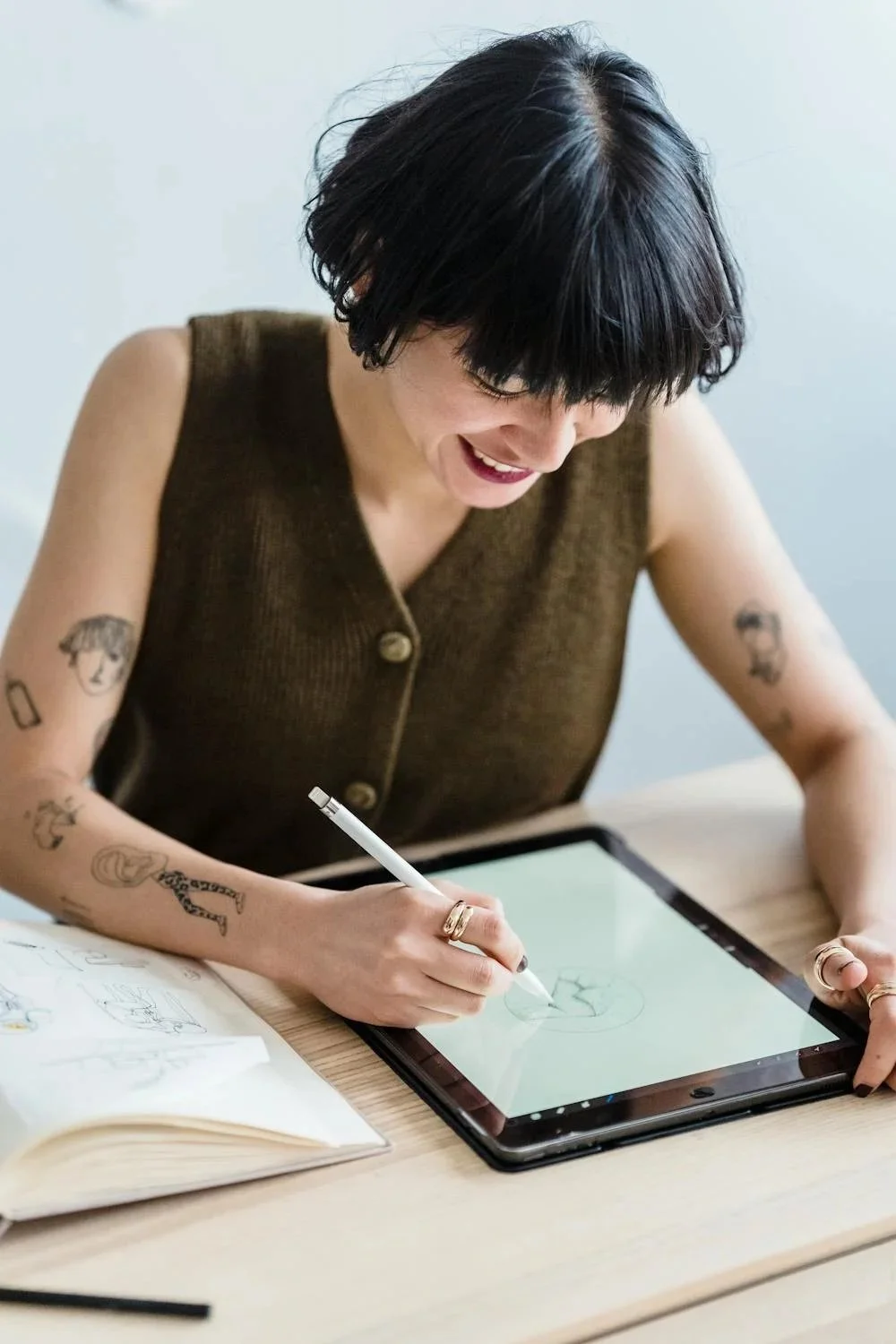How Long Does it Take to Learn How to Draw?
Drawing well is a matter of developing THESE KEY THInGS…
Do I have you attention? Don’t scroll too fast or click away.
Believe me, as an artist with ADHD, I get it.
Even if you don’t have ADHD, we’re all fed a microwave world of instant gratification. We look at results and forget about the process.
BUT - the key getting better at drawing quickly is actually patience and deliberate practice.
Here are some general tips to help QUICKLY GROW YOURS drawing powers.
(WIth Deliberate practice)
Drawing from reference, as opposed to drawing from imagination
Simplifying areas of complexity in your drawing, adding most of the contrast where you want the viewer’s eyes to focus.
Not rushing any part of the process whatsoever.
Placing the big shapes before the small ones.
measuring each mark, line, or shape against the first one you laid down accurately.
Deciding whether you’re going for form, line, or separation of lights vs. darks in your image.
Do those techniques make sense?
Let me break them down some more throughout this post.
Drawing from Reference vs. Drawing from Imagination
Drawing from reference gives you a reliable guide for accuracy, while drawing from imagination challenges your creativity. Mastering both allows you to blend precision with originality, enhancing your overall artistic skills. Use references to learn and imagination to express.
Simplifying Areas of Complexity in Your Drawing
Simplify complex scenes by breaking them into basic shapes and focusing on key areas. Add contrast where you want the viewer's attention, creating a clean, impactful composition. Less clutter, more focus—let your drawing breathe.
Not Rushing Any Part of the Process
Patience is crucial. Rushing leads to mistakes and a weaker final product. Take your time with each step to ensure accuracy and quality. Slow down, focus, and enjoy the process—great art takes care and attention.
Placing the Big Shapes Before the Small Ones
Start with big shapes to build a solid foundation. It’s easier to adjust larger forms early on, ensuring proportion and balance before adding details. Big shapes first, details later—set your drawing up for success.
Measuring Each Mark, Line, or Shape Against the First One
Keep your drawing accurate by measuring each new mark against the first one. This ensures consistent proportions and relationships, preventing distortions. Precision matters—stay disciplined for a cohesive final piece.
Deciding on Form, Line, or Separation of Lights vs. Darks
Decide your focus: form, line, or light vs. dark. This choice guides your technique and style. Whether it's 3D shading, bold outlines, or dramatic contrast, clear intent leads to a stronger, more unified drawing.
I Could take a complete beginner…untrained, and have them amazing themselves within 2 weeks with enough guidance.
The problem with learning to draw alone, or not having a solid course or structure, if that you often spend hours upon hours walking into dead ends, and earning your abilities the hard way.
Drawing isn’t that hard, really. Anyone can make an observation, take it down with a series of marks, and copy techniques used by the masters.
It’s our own human OS and cognitive biases that tend to hold us back.
A lot of people have had success with learning the fundamentals as they go, like through my beginner drawing course pictured here.
But in all sincerity, how long it takes to draw well depends on how consistent you are, how deliberately you practice, or how much you’re willing to invest in the skill in terms of time, energy, and yes, often money.
In the end, whether it takes you 2 years or 20— drawing is worth learning. There’s no joy like being able to transpose timeless artistic fundamentals and give form to them for others to see. There’s a reason people were painting on caves thousands of years ago.
So in the end, it can take about 2 weeks to see pretty incredible progress, but it takes about 2 months to really get going.
Lastly, I’d say the fastest I’ve ever seen someone go from beginner to pro was 2 years without mentorship, but in a community of like-minded artists, all trying to get better.
A year of mentorship and a devoted mentee can get you VERY far.
CONCLUSION
So if you’ve got some spare cash, are a bit older, and realize you don’t have as much time to learn to draw as an 18-24 year old, then consider investing in mentorship.
If nothing else, the principles outlined above will help a lot!
I wish you success, patience, and joy on the journey.
Happy drawing,
Tay




